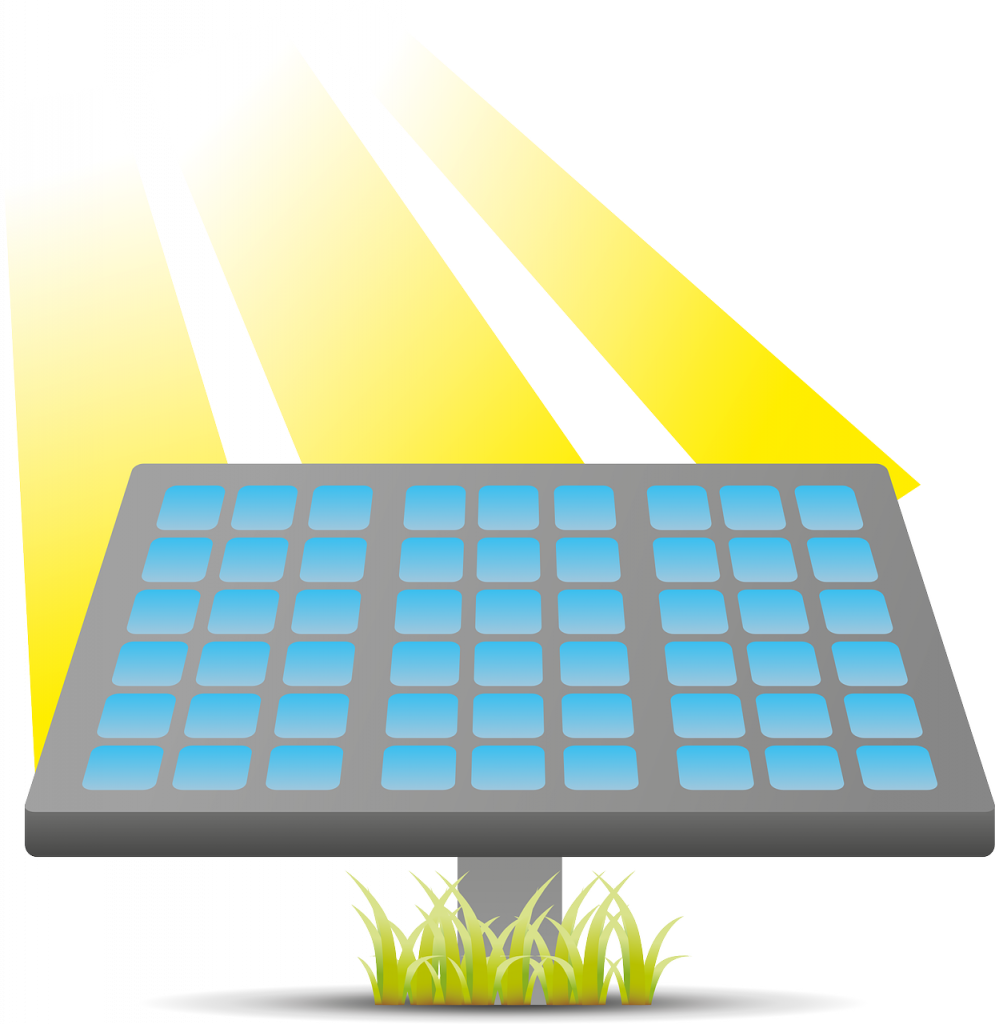Solar Panel Basics
At the most basic level, solar panels take light from the sun and turn it into electricity that you can use to power your stuff, from the small (your phone) to the large (your home or your business). The number of solar panels it takes to power your home depends on how much electricity you use, how much sun your area gets, and the type of solar panels you install.
Many countries have programs that let you sell extra energy produced by your solar panels back to the electricity grid to help power your neighbors’ homes. These programs are called net metering billing, and they can help you recoup the cost of installing your solar panels. Ok, but how do solar panels actually work? It’s not magic, though it feels like it. To break it down for you:
What Is a Solar Panel, Really?
A solar panel is a huge collection of solar cells. A solar cell is made up of very thin layers of electricity-conducting sheets, which are then wrapped in another electricity-conducting material. Solar cells are lined up together to create the larger blocks we know of as solar panels. Ultimately, the various layers of the solar cells work together to take the energy from the sun and funnel it into your house.
Each solar cell can generate half a volt of power. But daisy-chaining cells together to create a full solar panel lets them generate a whole lot more. For example, 12 cells are enough to charge a cellphone. These days, home solar panels typically output 250–400 watts and home solar systems will contain multiple solar panels.
But How Is Electricity Actually Produced?
A solar cell generates electricity when sunlight hits it. When that happens, an electric charge is created and collected in the cell. Electricity then flows through an inverter before moving into the wires and circuits in your home where it can light your lamps, run your washing machine, and keep your refrigerator humming.
What Happens Next?
Ideally, your solar panels give you enough power to cover your needs, or at least to lower the amount you need to buy from your local electric company. That helps cut your electricity bills, and means polluting power plants don’t need to generate as much energy because you’re already making some of your own.
If your solar panels create more power than you can use, then that energy flows back into the electricity grid. It can then be used to power your neighbors’ homes, your local school, etc. Because of a practice called net metering, any extra energy you send back into the grid will help offset your next electricity bill. (You are now generating and providing power to the grid, after all, so should be paid for that power. In this case, that money is credited to you on your bills.)
Solar Panels and Modern Innovation
More and more, the inverters mentioned earlier can monitor how much energy your solar panels are producing, and provide data about how it can contribute to the electricity grid. As local utilities update the grid — all of those poles and wires and transformers you see along streets every day — they will ideally add more of these “smart” meters to ensure that solar energy and other renewables are fitting in nicely. This is one part of what we call grid modernization. (Another part of modernizing our electric grid is about moving our utilities into the 21st century with us — ensuring they take solar panels, wind turbines, energy efficiency, and electric cars into account.)
Overall, solar panels are a great way to provide clean, renewable power to your home and to the electricity grid. The sun is already there, so why not make use of it?

Im pretty pleased to uncover this site. I want to to thank you for your time due to this fantastic read!! I definitely loved every part of it and i also have you book-marked to look at new stuff on your site.
Itís nearly impossible to find experienced people on this subject, but you sound like you know what youíre talking about! Thanks
Excellent post. I certainly appreciate this website. Keep writing!
Thanks for your blog, nice to read. Do not stop.